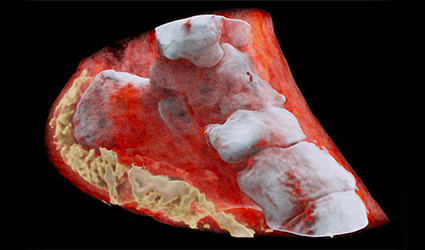Cone beam imaging, a new stroke imaging technology was showcased at the Society of NeuroInterventional Surgery’s (SNIS) 15th Annual Meeting in a presented study which aims at preventing nearly an hour of delay in patient care, providing them with the prospect of complete recovery.
The study, New Multiple CT Assessment of Acute Stroke Patients: Are We Ready for Prime Time?, says that new developments in imaging software in the angiosuite can give neurointerventionalists the information needed to diagnose large vessel occlusion (LVO) for an endovascular thrombectomy (EVT) in patients. The research also recommended that stroke patients could go for the angiosuite for imaging and suitable care in the future, instead of a CT scan or an emergency department.
Cone beam imaging enables precise identification of hemorrhage, occlusion site, ischemic core, and at-risk tissue. The researchers would prefer basic imaging to be done in the angiosuite using cone beam imaging. This variant of imaging gives a total 3D views of vital anatomical areas and superior resolution images compared to other methods.
Toronto Western Hospital interventional clinical research technologist and lead author of the study, Nicole Cancelliere said: “By using this technology in the angiosuite, hospitals can reduce intra-facility transfer delays and hence the time of stroke symptom onset to treatment, which will significantly reduce brain damage and improve outcomes for patients.”
The post New Stroke Imaging Technology could Help Treat Brain Damage Complications Early appeared first on Drugdu.com
from Drugdu https://goo.gl/QgQoHk

